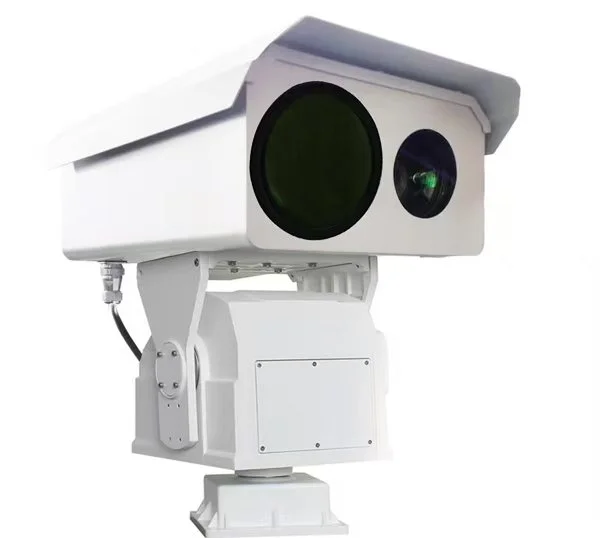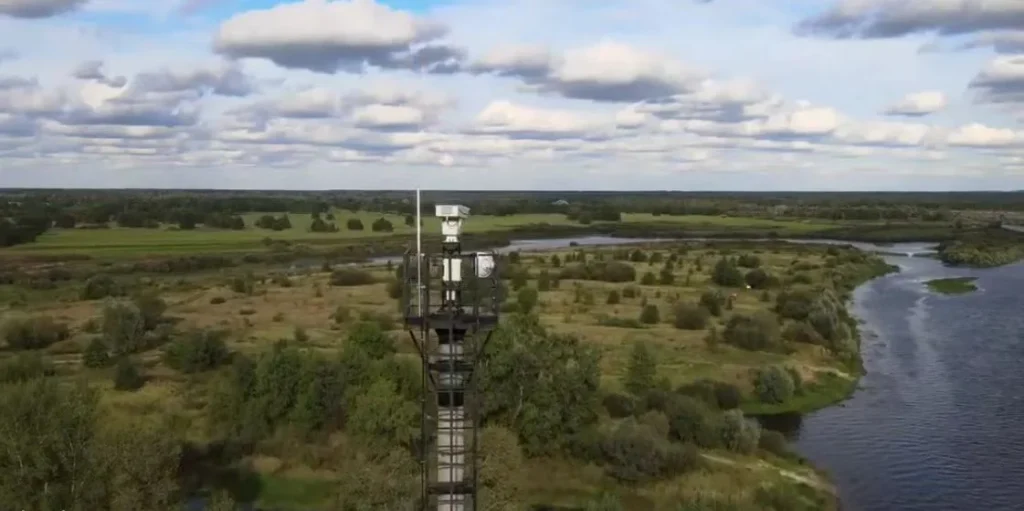Why Is Early Fire Detection So Important?
What Happens If You Take Too Long to Stop a Fire?
When a fire starts, every moment counts. Waiting just a few minutes can turn a small issue into a giant mess. Fires spread super fast. The longer they go, the more they ruin stuff like buildings, machines, or even hurt people. In factories or spots with chemicals, waiting too long can spark explosions or nasty fumes. In forests, a little flame can grow into a huge wildfire in no time.
Why Do Old Fire Alarms Struggle in Fast Situations?
Regular alarms, like smoke or flame detectors, need to see clear signs like smoke or fire to work. But that takes a while. In places where fires move quickly or air pushes smoke away, these alarms are too slow. Plus, they don’t do well in big or outdoor spots like warehouses, tunnels, or forests. Smoke might not hit the sensor fast enough.
How Do Thermal Cameras Make Fire Detection Better?
How Does Thermal Imaging Work and Why Is It Awesome?
Thermal cameras pick up heat that things give off. Everything has a heat pattern, and these cameras show it, even in pitch-black darkness or through light fog or dust. They notice temperature spikes long before you see any fire signs.
Can They Spot Trouble Before Flames Appear?
You bet, and that’s a huge plus. Thermal cameras catch hot machines, electrical issues, or things about to burn. By spotting these early, you get a chance to fix stuff before a fire kicks off.
How Well Do They Work When You Can’t See Well?
In spots like tunnels, mines, or thick forests where it’s dark, foggy, smoky, or dusty, regular alarms might fail. But thermal cameras don’t need light at all. They see heat clearly, no matter what’s in the way.
Where Are They Used?
Thermal cameras help with fire detection in lots of places: preventing forest fires, keeping cities safe, watching prisons, warehouses, oil fields, pipelines, big factories, mines, freight yards, borders, fishing spots, nature reserves, water dams, and military bases.
How Do Thermal Cameras Compare to Smoke and Flame Detectors?
How Quick and Sharp Are They Compared to Regular Alarms?
Regular alarms wait for smoke or flames to show up. Thermal cameras catch heat changes right away, even if they’re not risky yet. This makes them great for noticing early danger signs.
Can They Stop Wrong Alarms in Tricky Spots?
Totally. In factories with dust or steam, regular alarms often go off by mistake. Thermal cameras focus on heat, not bits in the air, so they give fewer false alerts. This saves time and avoids pointless evacuations.
Where Do They Outshine Regular Sensors the Most?
Thermal cameras are best in big places like warehouses or tunnels, faraway spots like forests, risky areas like power stations, and busy places like airports or subways. Regular alarms either miss stuff or give too many wrong warnings in these places.
What Features Should You Look for in a Thermal Camera for Fire Safety?
Why Are Clear Pictures and Heat Sensitivity a Big Deal?

Clear pictures let you see tiny hot spots in a wide area. Heat sensitivity helps the camera notice small temperature changes. This is super key for catching fires before they even start.
Should You Choose Cameras That Watch Non-Stop?
Yes, non-stop watching is a must. Real-time alerts let you know instantly when something’s too hot. This is really important for places like power plants or oil depots that need constant checks.
Do They Need to Connect with Your Alarm Systems?
Yup, connecting to alarms matters a lot. Good thermal cameras use standard ways to link with your security setup. They send alerts automatically when the heat gets too high and work smoothly with emergency systems.
Who Makes Solid Fire Detection Cameras?
If you need strong thermal cameras for fire detection in places like factories or nature reserves, take a look at Shuoxin. They’ve got tons of know-how with smart heat-sensing tech and AI tools. Shuoxin makes cameras that focus on stopping fires early, not just dealing with them after.
Their cameras give clear pictures and work in tough spots, like dark or wide areas. Whether you need fixed cameras for power stations or ones that move for forest patrols, Shuoxin has choices that use real-time info to keep things safe.
How Can You Use These Cameras in Different Places?
What’s the Smartest Way to Place Cameras for Full Coverage?
Put cameras in clever spots to avoid blind areas. For example, place them above risky machines, along tunnel paths, or with overlapping views in big spaces like warehouses. In forests, set them high to watch the tree tops.
Do They Work with Your Current Safety Systems?
Most thermal cameras use standard rules like ONVIF. This makes it simple to add them to control rooms or systems used in places like factories or power networks.
Should You Use Cloud Systems for Watching from Far Away?
Cloud alerts let you check lots of sites from anywhere. This is awesome for spread-out places like pipelines or power stations. Alerts go straight to phones or control rooms when heat patterns seem off.
Where Are These Cameras Working Great Today?
Are Factories Using Them Near Chemical Storage?
Yes, thermal cameras are set up near dangerous stuff. Even tiny leaks can start fires if not caught. These cameras watch for heat rises from chemical reactions to stop emergencies early.
What About Power Plants Like Substations?
Electrical parts often heat up before they break, and breaks can start fires. Thermal cameras check transformers or circuits without touching them. They spot issues way before regular alarms would.
Are They Used in Public Spots Like Airports or Subways?
Big public places have lots of people and hidden electrical systems. Thermal cameras watch these systems without messing up daily work. They give early warnings if something goes wrong underground.
What’s Next for Fire Detection with Thermal Cameras?
Will AI Make These Cameras Smarter?
You bet. AI looks at thermal videos right away. It spots patterns like hot cables or machine friction that could start fires. This makes fire detection quicker and more spot-on while cutting down on errors.
Can Edge Computing Help Make Faster Choices?
Edge computing lets cameras handle alerts right on the device. This means instant warnings, even with no internet. It’s really helpful for far-off spots like mountains or ocean platforms where delays could be bad.
Are There Eco-Friendly Benefits to These Cameras?
New thermal cameras use less power but cover more area. This makes them great for safety and for green projects in smart cities or eco-friendly buildings.
FAQ
Q1: Can thermal cameras see fires through walls?
A: Nope, they can’t see through solid walls. But they catch heat buildup on surfaces. This can show issues behind panels or equipment.
Q2: Do these cameras work in rainstorms?
A: Yup, thermal cameras don’t need light. They work just fine in bad weather, like rain or fog.
Q3: How often do they need fixing?
A: They need less fixing than regular sensors. But you should check them sometimes to keep them accurate, depending on the weather they face.


